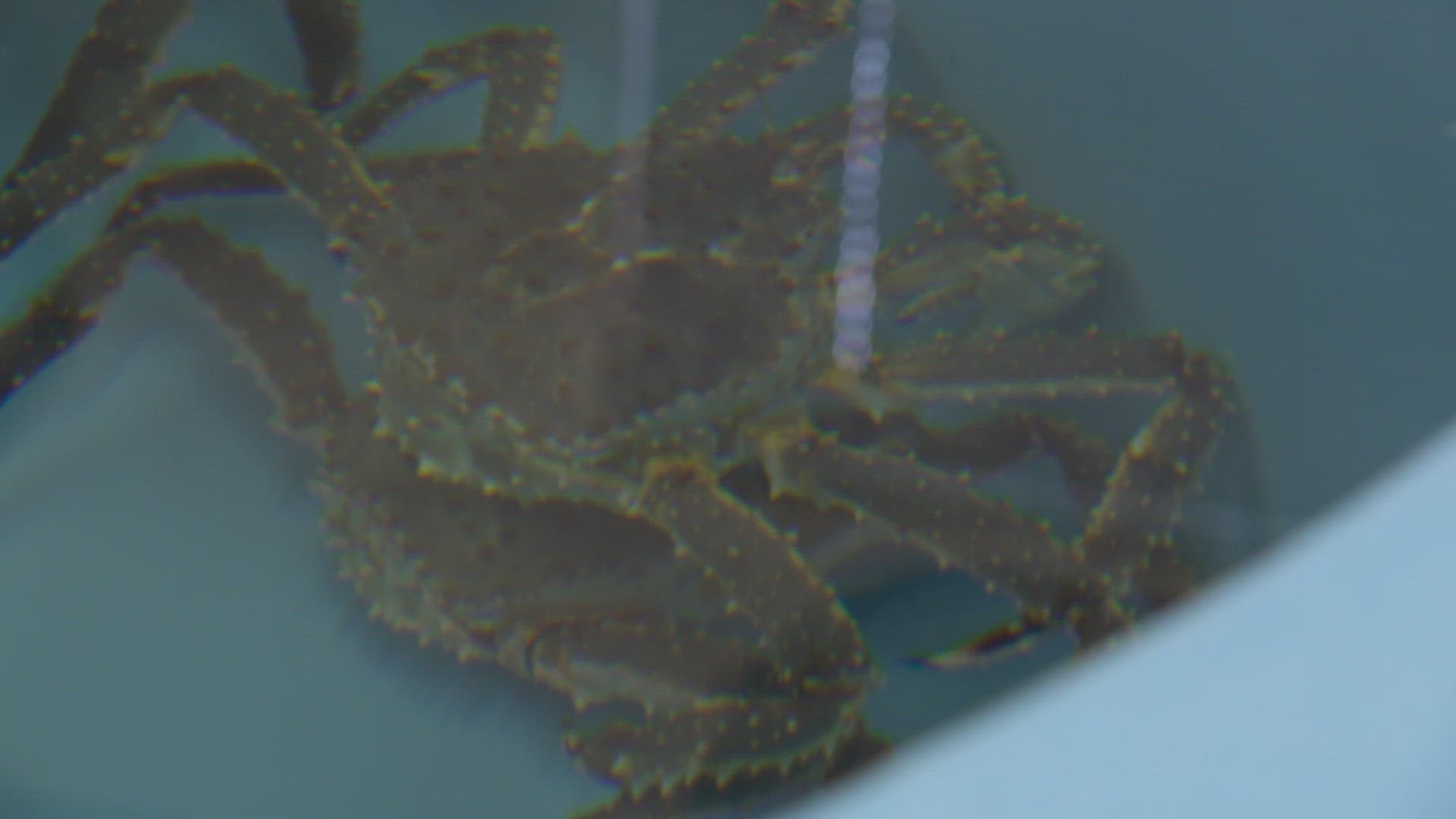KODIAK, Alaska — The Bering Sea snow crab fishery will be closed again this year due to population concerns.
Crabbers from the Pacific Northwest who fish in Alaska had been watching and waiting for recommendations from the North Pacific Fishery Management Council, which met Thursday and Friday. Following the meetings, the Alaska Department of Fish and Game said Bering snow crab season will be closed for 2023-2024; Bristol Bay red king crab will open. Tanner crab will also be open for commercial fishermen.
Both the snow crab and Bristol Bay red king crab seasons were closed in 2023. Crabbers and industry associations warned of the massive impact the decision would have on many small businesses, prompting calls by Congressional officials for an emergency declaration and federal aid.
Last year was the first time in history the U.S. snow crab fishery was closed. The Alaska Department of Fish and Game said the harvests were closed over concerns about long-term conservation and the sustainability of crab stocks.
There was some good news for fishermen that came from Friday's council meeting.
This year, Bristol Bay red king crab and Bering Sea Tanner crab will be available to fish. The red king crab harvest has been closed for the last two years.
The red king crab stock is back to levels that allow for a sustainable harvest at 2.15 million pounds, just below the amount when it was last open in 2020 at 2.6 million pounds, according to the Alaska Bering Sea Crabbers.
"This is exciting for our industry to be getting to fish red king crab and a financial relief for our industry since federal fishery disaster relief funds from the previous crab closures still haven't been paid to the fishermen and communities harmed," said Jamie Goen with Alaska Bering Sea Crabbers.
According to a press release from Alaska Bering Sea Crabbers, fishermen are excited to get back, but want to do so with the environmental impact in mind.
“Crab fishermen want to make sure the crab resource is sustainable for generations to come. They are tracking closely the science around the health of crab stocks and want to help crab continue to rebound. We’re adding extra measures this season during our directed pot fishery for crab to reduce our interactions with crab. We’re increasing communication with the fleet on best handling practices, clean fishing areas, and opportunities to share gear,” Goen wrote in the press release.
KING 5 will have more on the state of crabbing in Alaska in our Crabbing for Crisis series as part of our Environment Northwest coverage. Stay tuned for stories and digital coverage starting Sunday, Oct. 8.

